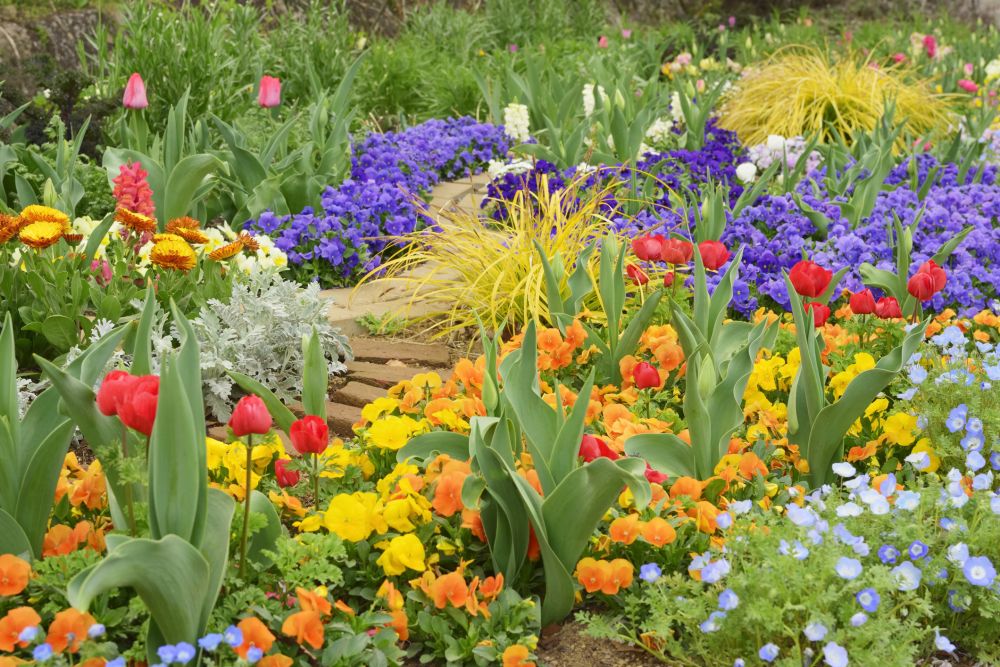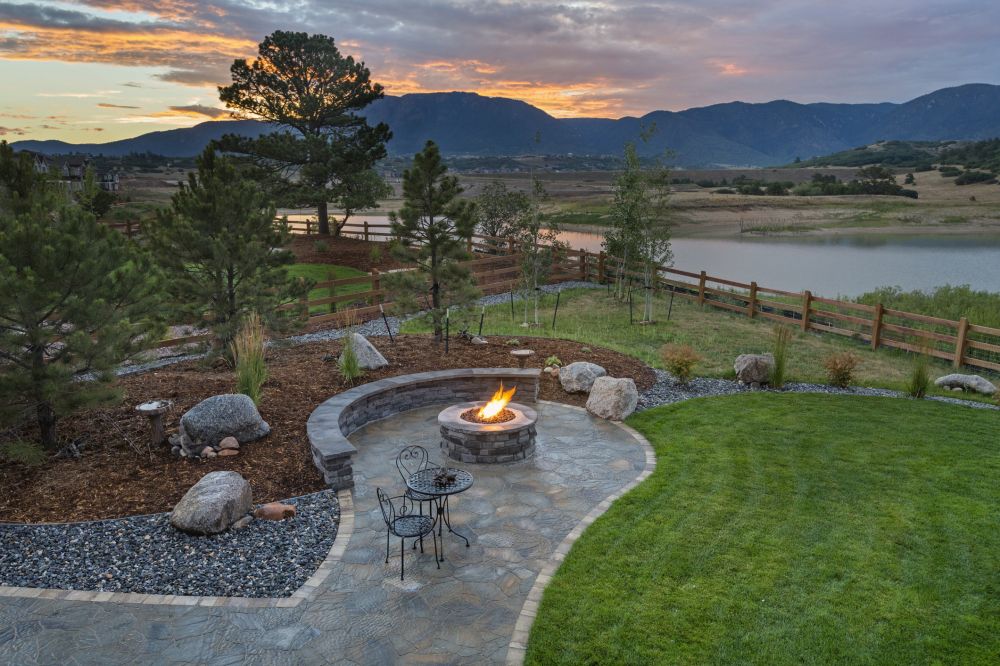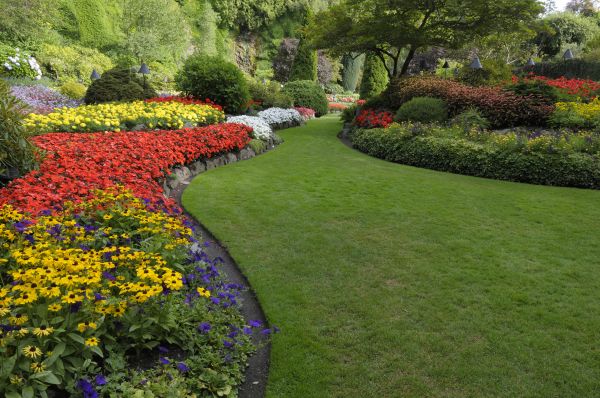Ground Cover Planting Service
Affordable Ground Cover Planting
Ground cover planting is an essential landscaping technique that involves using low-growing plants to cover the soil. This method not only enhances the aesthetic appeal of gardens and landscapes but also plays a crucial role in soil conservation and ecosystem health. Ground covers are effective in preventing soil erosion, suppressing weed growth, and maintaining soil moisture. By selecting the right ground cover plants, homeowners and landscapers can create a lush, vibrant carpet of greenery that supports biodiversity and adds texture and color to the environment.
Benefits of Ground Cover Planting
-
Erosion Control
Ground covers help stabilize the soil by forming a dense mat of roots that hold the soil in place. This is particularly beneficial on slopes or areas susceptible to erosion, as the plants prevent soil from being washed away by rain or wind. -
Weed Suppression
By covering the soil surface, ground cover plants effectively block sunlight from reaching weed seeds, thereby inhibiting their growth. This natural weed control method reduces the need for chemical herbicides, promoting a healthier garden environment. -
Moisture Retention
Ground covers act as a living mulch, reducing evaporation and helping the soil retain moisture. This is especially advantageous in dry climates or during periods of drought, as it reduces the need for frequent watering and supports plant health. -
Aesthetic Appeal
With a wide variety of colors, textures, and growth habits, ground covers can transform a garden space into a visually appealing landscape. They provide a seamless transition between different garden areas and can highlight features such as trees, shrubs, and flower beds. -
Biodiversity Support
By providing habitat and food sources for pollinators and other beneficial insects, ground covers contribute to a more diverse and resilient ecosystem. This not only benefits the garden but also supports local wildlife.
FAQs About Ground Cover Planting
What are the best ground cover plants for shady areas?
Some excellent choices for shady areas include hostas, ferns, and periwinkle. These plants thrive in low-light conditions and can add lush greenery to shaded parts of the garden.
How do I choose the right ground cover for my garden?
Consider the climate, soil type, and sunlight exposure of your garden. It's also important to think about the desired height and spread of the plants, as well as their maintenance requirements.
Can ground covers be used in small gardens?
Absolutely! Ground covers are versatile and can be used in gardens of all sizes. They are particularly useful in small gardens for creating visual interest and maximizing space efficiency.
How long does it take for ground covers to establish?
The establishment time varies depending on the plant species and growing conditions. Generally, ground covers can take a few months to a year to fully establish and cover the desired area.
Fill out the contact form to request Ground Cover Planting today! Experience the benefits of professional Ground Cover Planting, from enhanced aesthetics to improved soil health.




